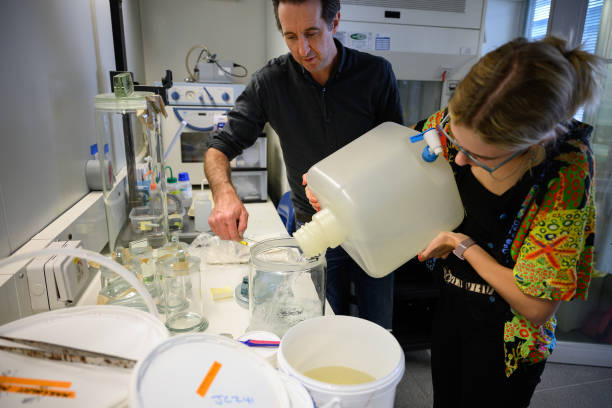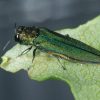Though animals occasionally show behaviors similar to “drunkenness” after consuming fermented fruits, scientists have largely considered ethanol consumption in wildlife as rare and accidental.
However, a recent study published in Trends in Ecology & Evolution suggests that regular ethanol intake among fruit- and nectar-eating animals may be more common than previously believed.
Behavioral ecologist Kimberley Hockings from the University of Exeter explains, “Ethanol is much more abundant in the natural world than we previously thought, and most animals that eat sugary fruits are going to be exposed to some level of ethanol.”
Ethanol naturally entered ecosystems roughly 100 million years ago as flowering plants began producing nectar and fruit, providing ample fuel for yeast fermentation.
Today, ethanol levels vary across climates, with higher concentrations in humid, tropical areas.

Animals likely evolved to metabolize ethanol, as seen in certain primates and treeshrews.
Molecular ecologist Matthew Carrigan highlights the evolutionary advantage: while humans might consume alcohol for intoxication, animals benefit from the calories without risking inebriation, which could lead to accidents in the wild.
Beyond calories, ethanol offers potential medicinal benefits.
For instance, fruit flies lay their eggs in ethanol-rich substances to protect against parasites, and larvae consume more ethanol when infected by wasps.
Researchers are also exploring whether ethanol stimulates relaxation in animals, potentially enhancing social behaviors.
As questions remain, the team aims to investigate the behavioral impact of ethanol on animals, especially primates, and analyze the enzymes driving alcohol metabolism.
This research was supported by several international organizations, including the Primate Society of Great Britain and the Canada Research Chairs program.

